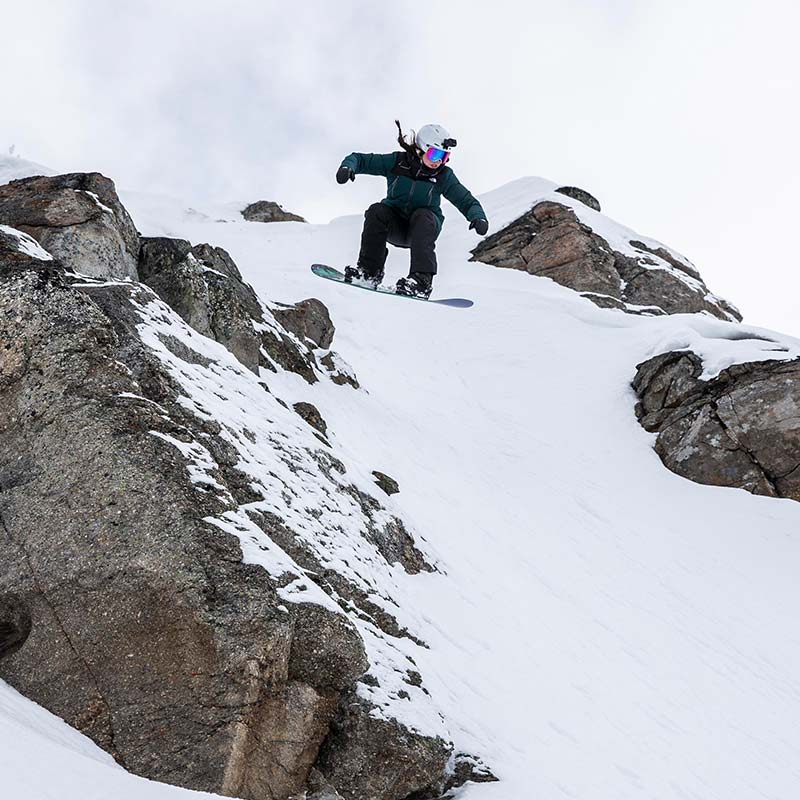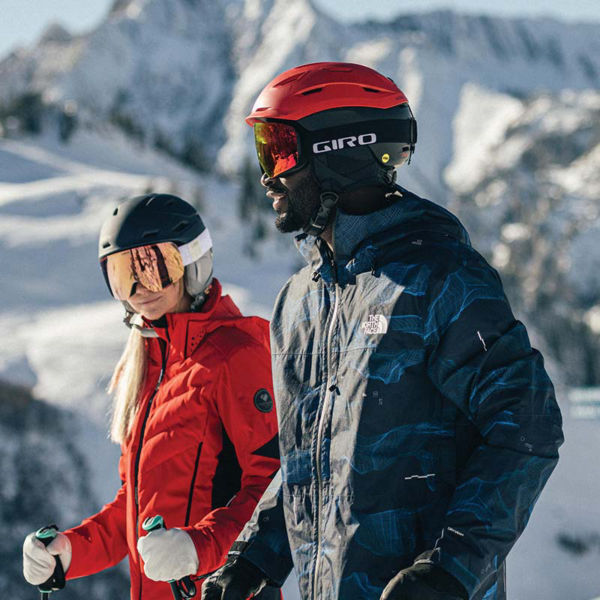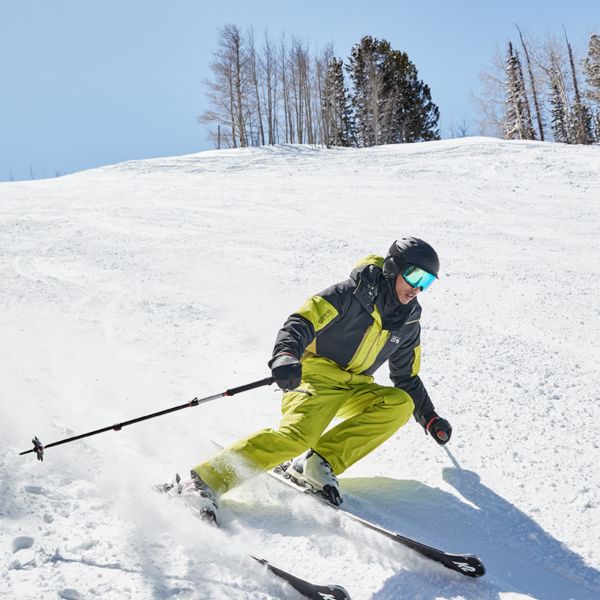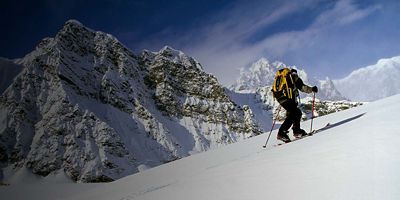
Often overlooked in favor of snowboards and bindings, snowboard boots are one of the most important pieces of equipment in your riding package. As the closest point of contact to your body, they need to be comfortable, fit correctly, and work well in conjunction with your bindings. Matching your boot and binding ensures you get the most performance out of your board. Factor the following to find the right boots.
Sizing
For the most part, snowboard boot sizes follow classic U.S. number sizing, but they can still vary by manufacturer and model. Designed low-profile so your toes don’t extend any farther than necessary over your board edge (especially on narrower boards), you want a snug and comfortable fit throughout, from your calves to the soles of your feet. Try them on before you buy, and even step into a binding to test how it feels.
Fit
Strive for a tight, stable fit over the top of your foot and around your upper ankle. Your toes should be able to wiggle and barely touch the end (toe box) while standing normally with the boot fully tightened; they shouldn’t curl or have any pressure points. When you flex forward and bend your knees, your toes should pull back slightly while your heel stays in the heel cup without lifting. Look for a comfortable range of motion without any pressure points.
Note: Don’t buy too big. Over time, your boot will “pack out” (up to a half-size), creating more space, so don’t be afraid of a snug fit. Most boots need several days of riding to form to their true size, so they should be snug when new. Also make sure your board’s width and your boot size are compatible to maximize leverage and control; too wide equals less control, too narrow might cause heel and toe drag when riding.
Socks
Try your boot on with the socks you’ll be wearing riding. Ideally, this should be a specially designed, thin- to medium-weight wool or synthetic ski/snowboard sock (not cotton) designed to flex with your ankles’ articulation. It should be thin and warm and offer moisture-wicking properties, without bunching up when you flex.





